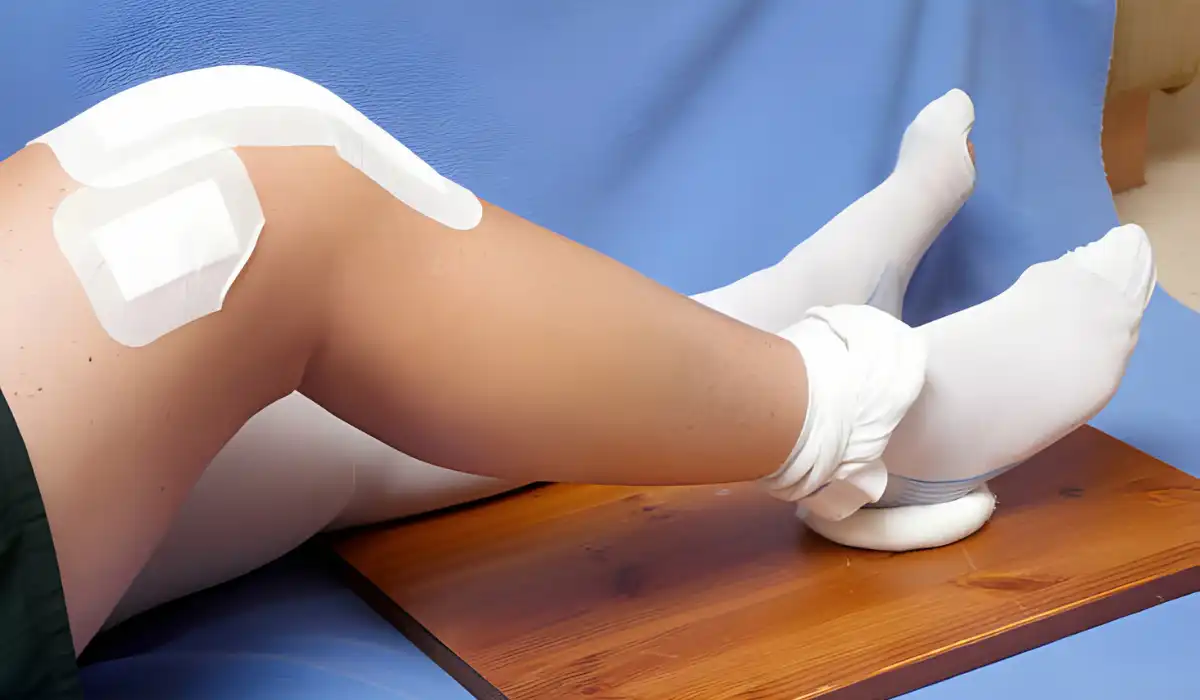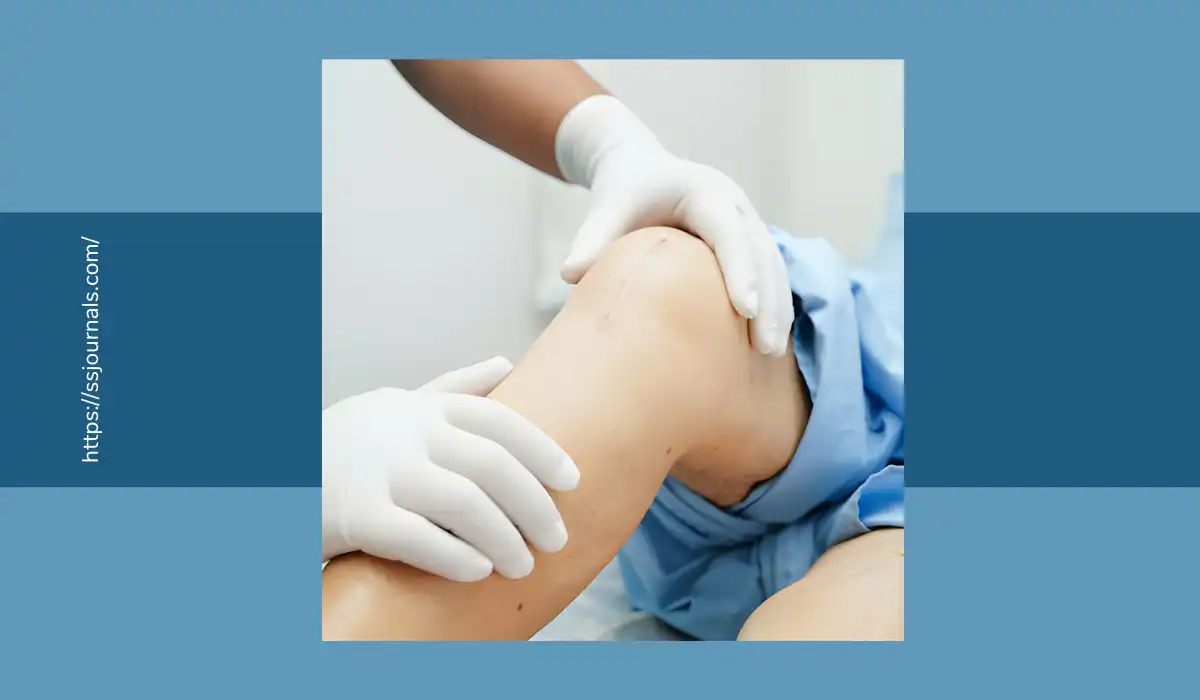Knee replacement surgery is an effective procedure to relieve pain and restore mobility for those suffering from severe arthritis or injury. Over 600,000 knee replacements are performed each year in the U.S. While most people experience significant improvement after surgery, recovery does require dedication and care to avoid setbacks.
Understanding the most common mistakes made during recovery can help you avoid unnecessary pain and delays in healing after your knee replacement. Knowing what to do, as well as what not to do, will get you back on your feet faster.
In this article, we will cover the top 5 mistakes to avoid after knee replacement surgery so that you can have the fastest and least painful recovery process possible. Learning how to properly care for your new knee is crucial during the first several months after your operation.
From learning proper sleeping positions to understanding activity restrictions, we will outline key recovery dos and don’ts. With some dedication to your rehabilitation process and avoidance of these common errors, you will be on the road to enjoying your new, less painful knee.
What Not to do after knee replacement surgery to get better fast?

One of the most common and problematic mistakes made after knee replacement surgery is improper leg positioning while sleeping. After a knee replacement surgery, it is vital to sleep with your leg in the proper position during your recovery to prevent stiffness and pain.
Sleeping with a pillow under your ankle to elevate your operated leg helps decrease swelling. Sleeping with your knee bent more than 90 degrees or twisted to one side should be avoided as well. Proper leg positioning while sleeping, or “how to sleep after knee replacement”, is crucial for fast recovery.
Another mistake to steer clear of after knee replacement is failing to adhere to the movement restrictions provided by your surgeon. While recovery trajectories differ for each patient, you will generally need to avoid certain motions, such as knee extensions and flexions past a designated degree of range of motion, for a designated period.
Attempting aggressive knee bends or placing undue strain on your new joint before tendons and tissues have had time to heal can cause serious complications. Delaying knee replacement surgery when recommended by your doctor can lead to “dangers of delaying knee replacement surgery” as joint damage worsens.
Similarly, many patients make the mistake of disregarding weight-bearing limitations after surgery. Depending on the type of replacement performed, patients are often restricted in the amount of weight they can put on their operated leg. Placing too much weight on your healing joint too soon can cause damage to healing tissues. You must follow your surgeon’s and physical therapist’s instructions regarding how much weight you should bear while standing and walking in the first weeks after your procedure.
Additionally, while light exercise is eventually encouraged, many patients err by rushing back into normal activity levels too quickly after surgery rather than allowing the appropriate amount of healing time. Recovery from a knee replacement requires patience, as tissue repairs and bone growth are happening under the surface over many weeks.
Pushing yourself to take long walks or return to your favorite sports prematurely can damage your new joint. Be sure to get clearance from your care team before resuming any demanding physical activities after surgery to avoid complications.
Skipping follow-up physical therapy is another common but detrimental mistake made by some knee replacement recipients. Physiotherapy is essential after surgery to help you rebuild strength and range of motion. Attending all therapy sessions and performing at-home PT exercises enables you to maximize the usage of your new knee. Disregarding PT protocols can result in permanent stiffness, instability, poor mobility, and chronic knee pain. Commit fully to the rehabilitation roadmap outlined by your surgical team for optimal results from your knee replacement.
Finally, one of the biggest potential pitfalls after knee replacement surgery is failing to promptly report worrisome symptoms to your care providers. ANY signs of infection including warmth, redness, drainage, or fever should be quickly communicated to your surgeon’s office. Unresolved infections of the knee replacement joint can necessitate repeat surgery and implant removal. Swelling that persists longer than expected or new knee numbness several months after surgery can also indicate underlying complications that may need intervention if reported promptly. Stay vigilant with your new knee and report anything concerning to your care team right away.
By staying mindful of these common recovery missteps, you can set yourself up for the smoothest, quickest rehabilitation possible after knee replacement surgery. Keep your operated knee properly positioned while sleeping, adhere to all activity restrictions provided by your care team, attend all physical therapy sessions, and promptly report any worrying symptoms that crop up.
Commit to your rehabilitation roadmap and avoid pushing your new joint too far too fast. With dedication to proper healing protocols in the first 6-12 months after surgery, you’ll soon be able to enjoy your life pain-free with your new knee! Consult with your orthopedic surgeon’s office if you have any questions about restrictions after surgery or precautions you should take with your knee replacement.
Conclusion
Knee replacement surgery is very effective at relieving joint pain and restoring mobility, however, the procedure constitutes major surgery and the recovery process takes months of dedication. By avoiding the most common mistakes patients make during the rehabilitation period, you can set yourself up for the fastest, least painful recovery possible. The top 5 mistakes after knee replacement should be avoided to ensure a smooth recovery. Being aware of these common pitfalls can help you take the proper precautions.
Give your body ample time to heal by religiously adhering to all movement and weight-bearing restrictions provided by your surgical team, even if you start feeling good. Commit fully to the entire course of prescribed physical therapy rather than stopping when you start to see improvement. Be extremely careful about positioning your healing joint properly when sleeping and daily living and avoid any jarring movements or pivots.
Report any worrying symptoms involving swelling, redness, numbness, or fever promptly rather than waiting to tell your surgeon at your next visit. Above all, be patient with yourself by limiting activity, transitioning slowly back to higher-demand movements, and not comparing yourself to others’ recovery timelines.
Every patient responds differently to knee replacement surgery and rehabilitation protocols are tailored accordingly. Work closely with your orthopedic surgeon’s office and physical therapy team—they are there to answer your questions and address your concerns during every phase of healing.
With their guidance and expertise combined with your dedication to recovery best practices, you will soon be enjoying your life again, without chronic knee pain after knee replacement surgery. What strategies will you implement during your rehabilitation period to avoid setbacks and delays in your recovery? Comment below!

